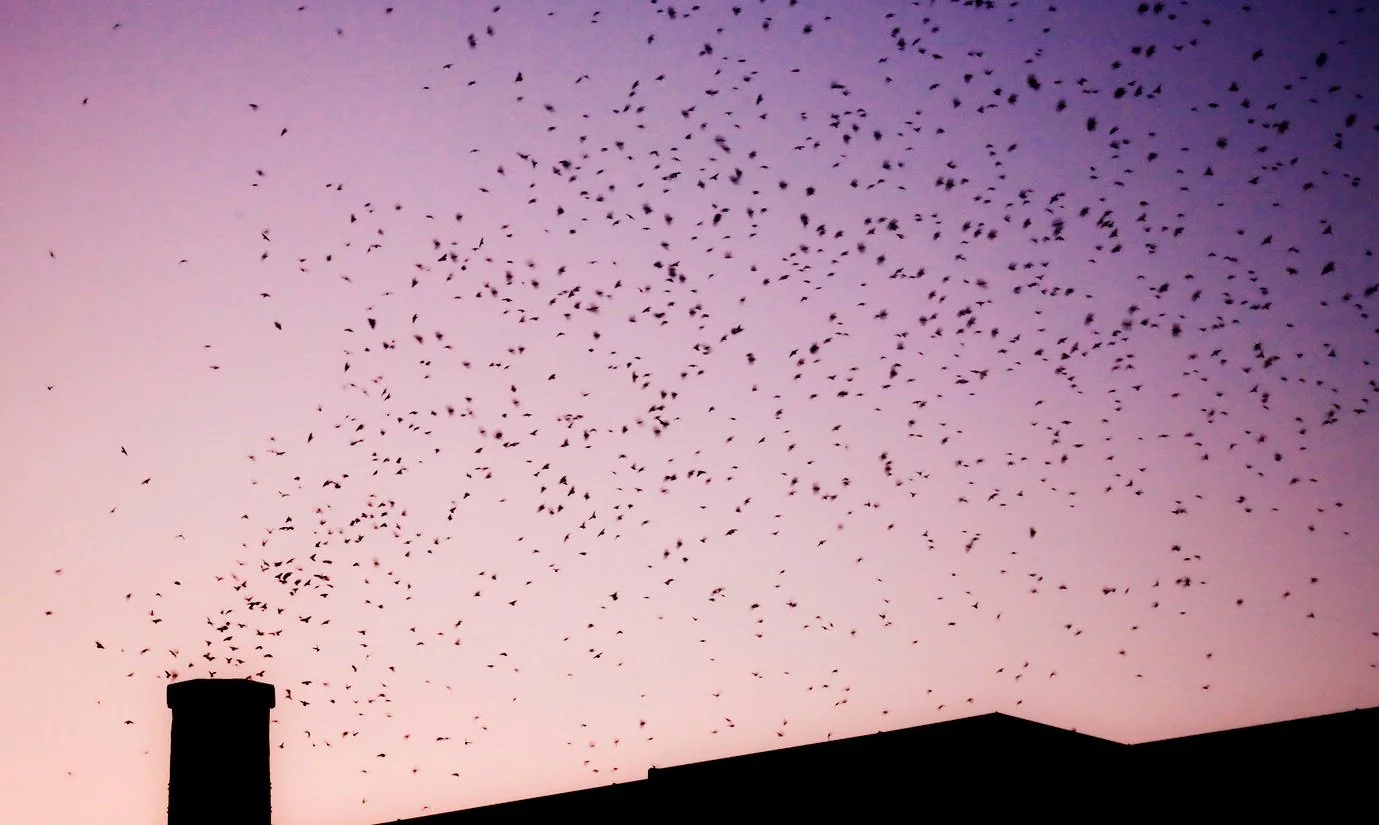What draws most people’s attention to Chimney Swifts in the fall is their incredible roosting behavior. Chimney Swifts spend 90% of their lives flying—only pausing their lives on-the-wing to roost and to nest. They eat, sleep, and mate while flying. In migration, flocks of Chimney Swifts roost in—you guessed it—chimneys, clinging with their feet to the walls while they sleep.
Photo by Andy Reago & Chrissy McClarren FCC






